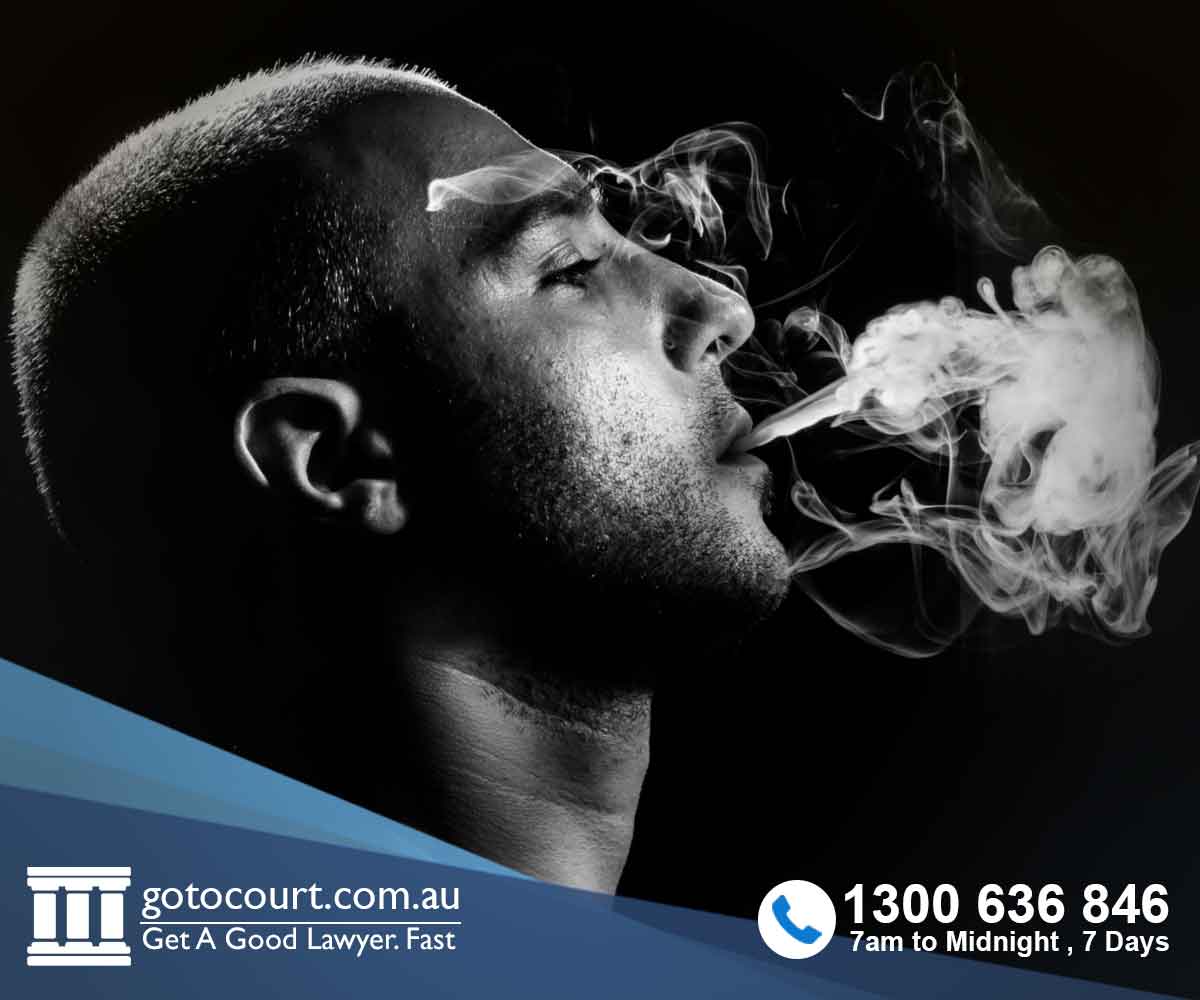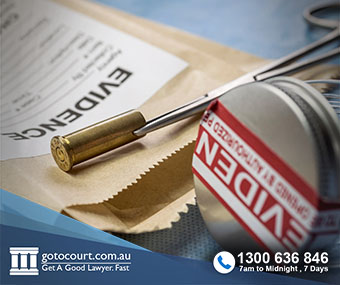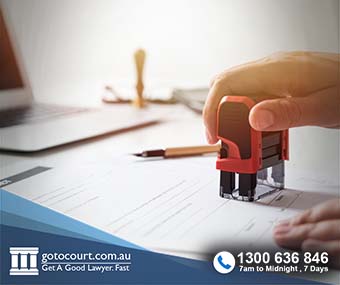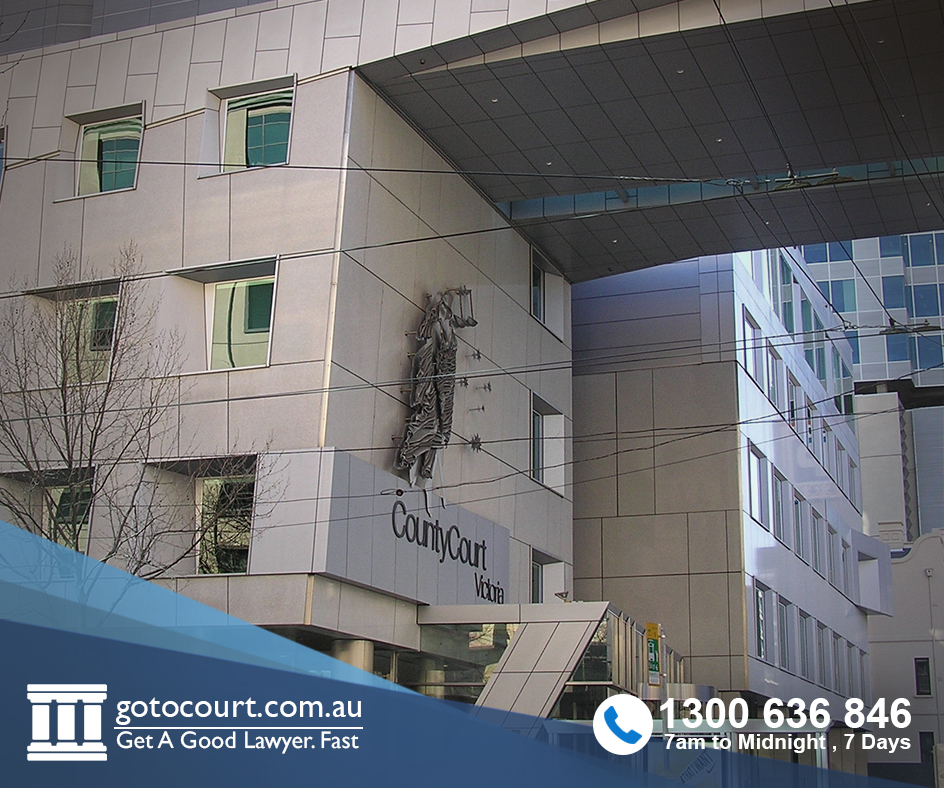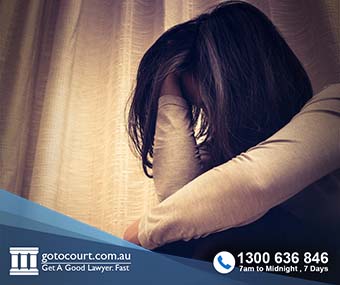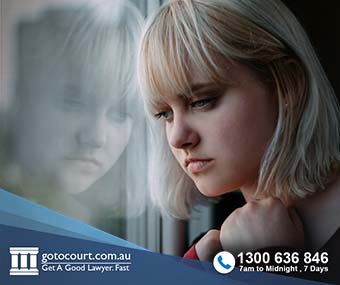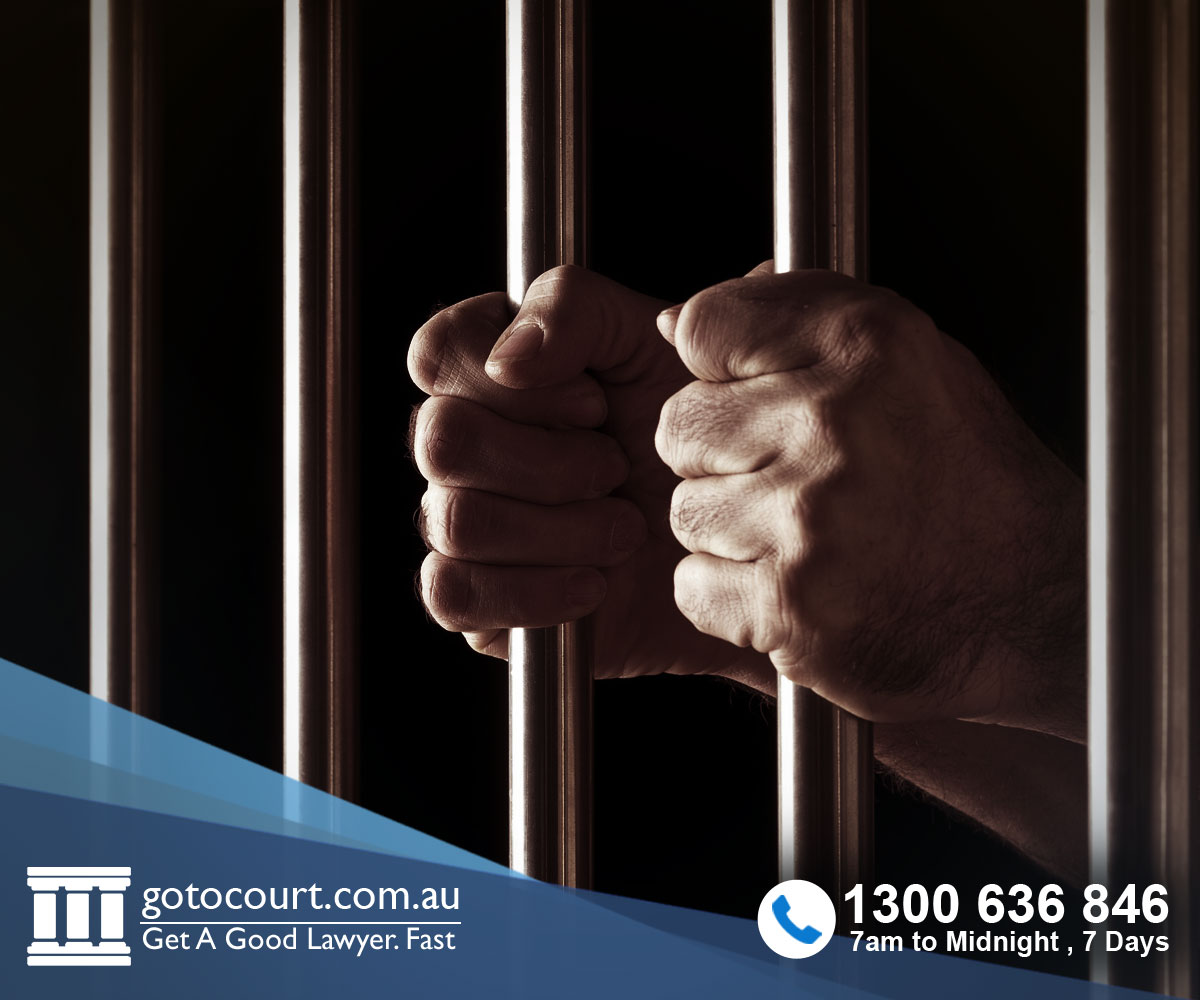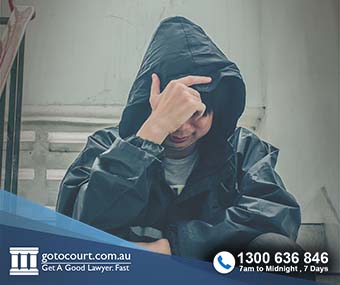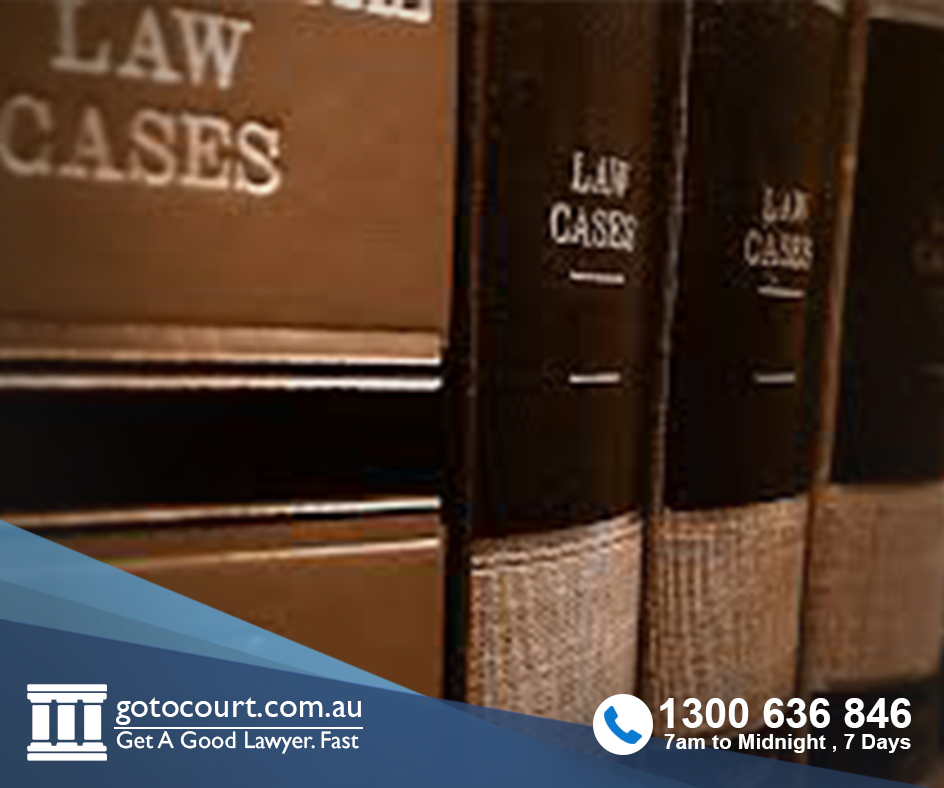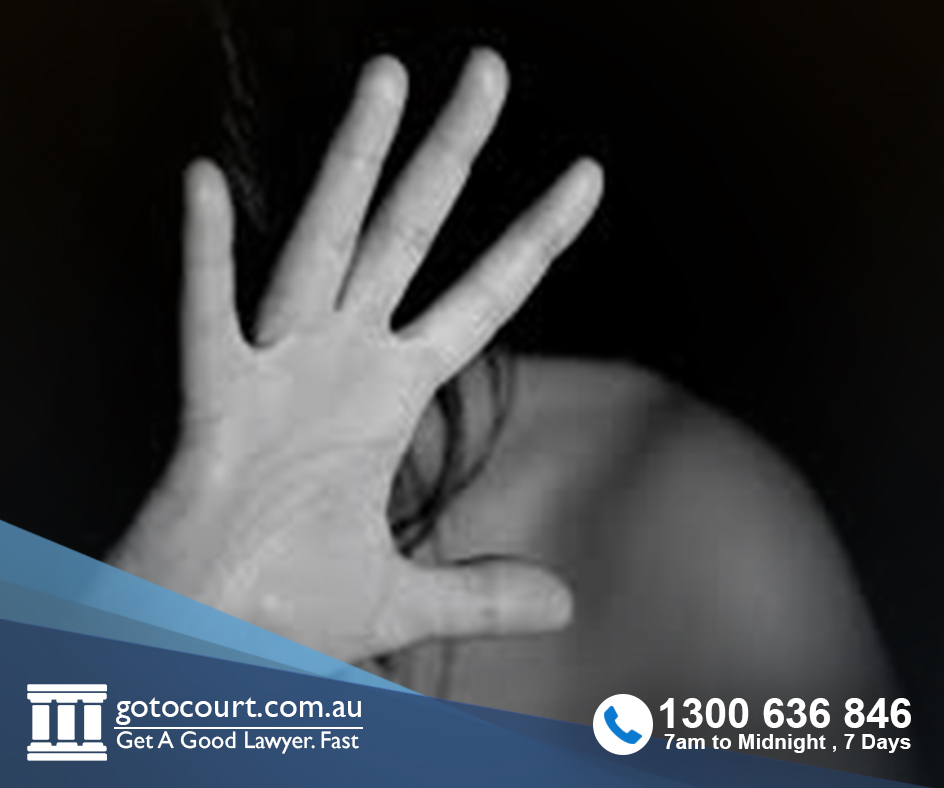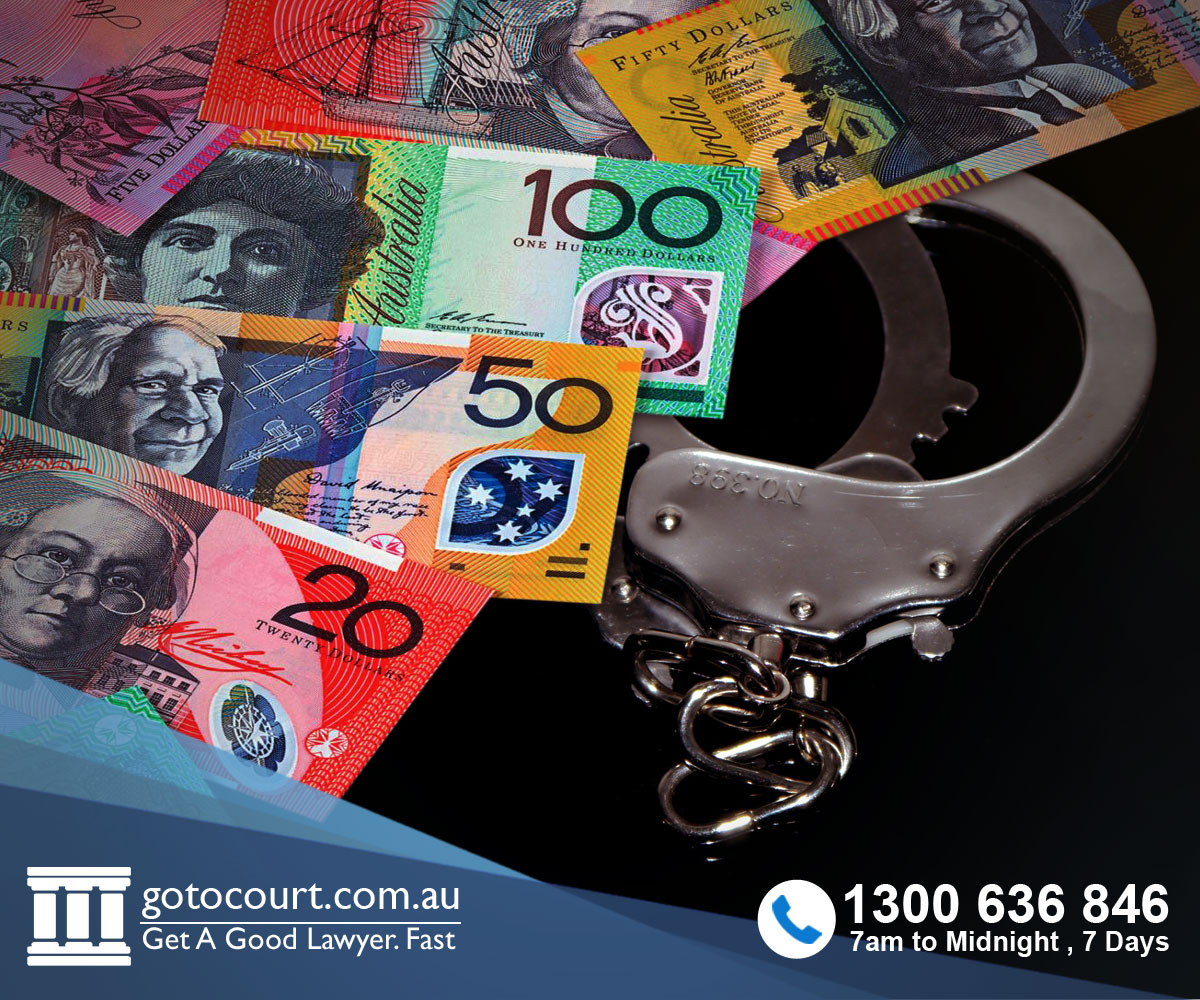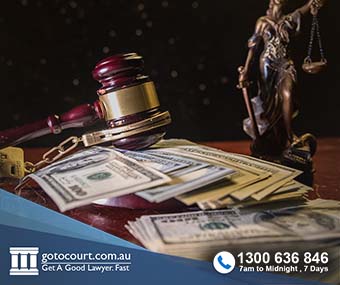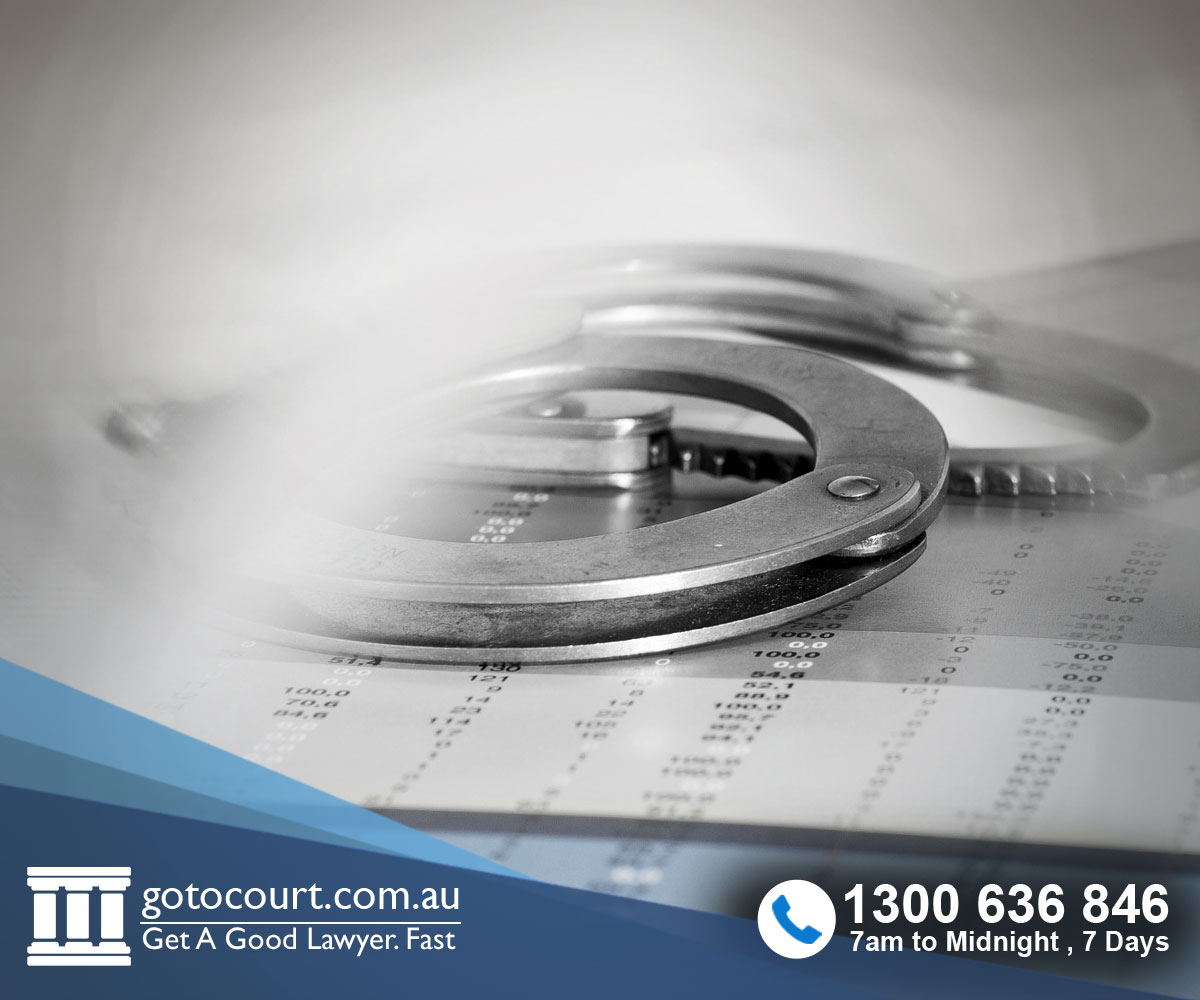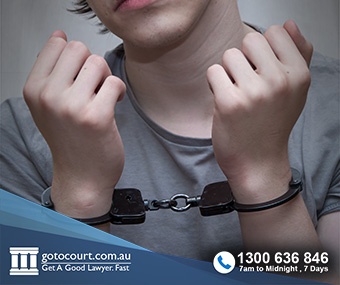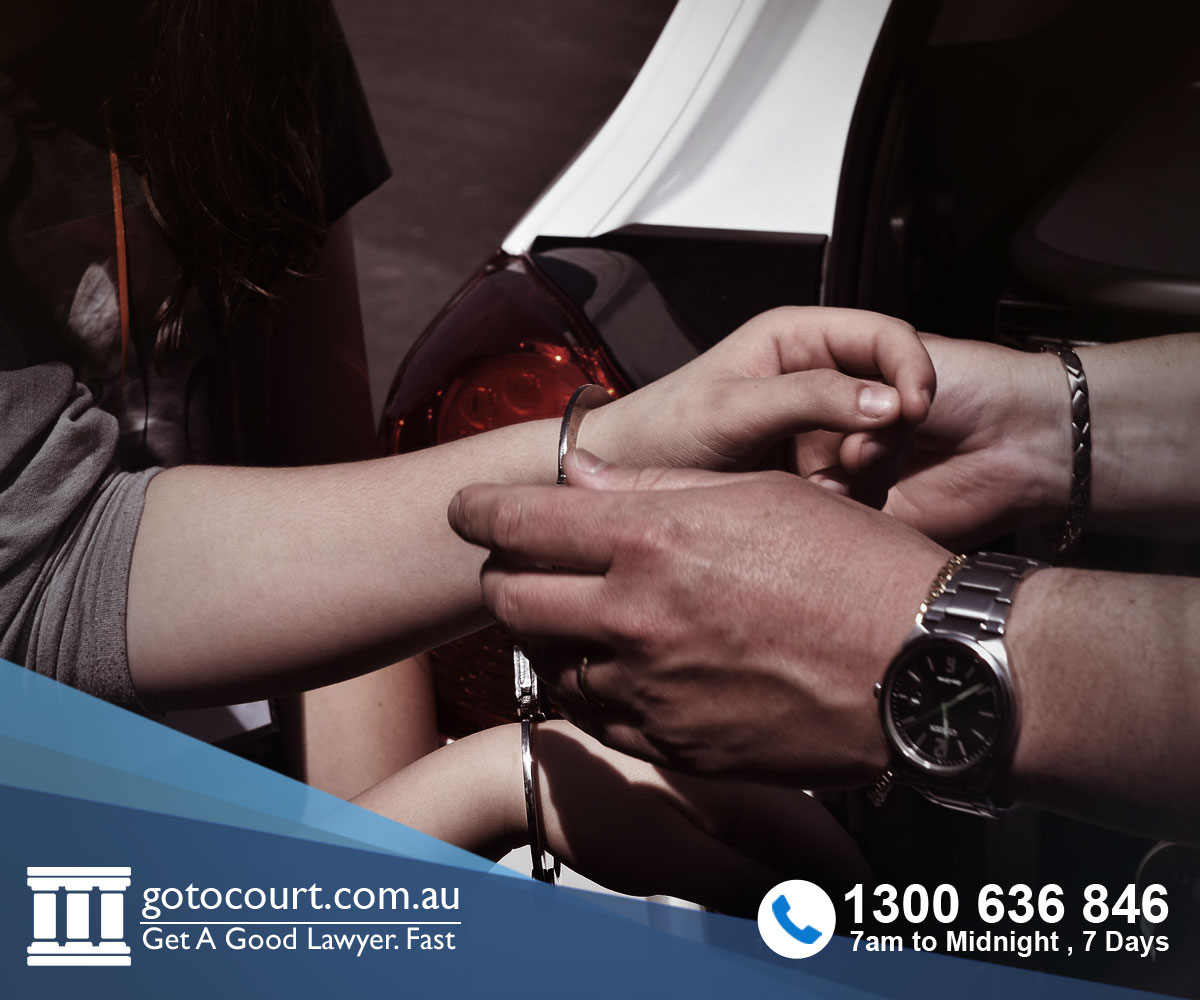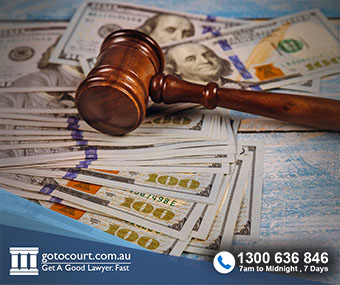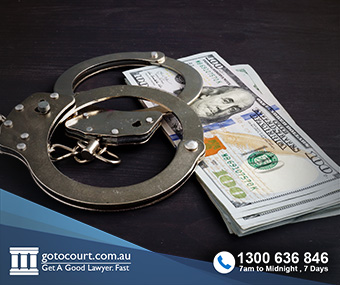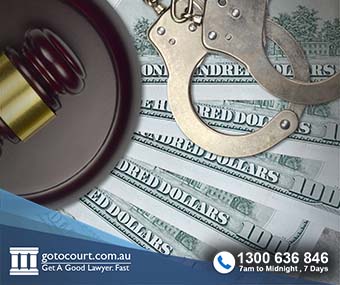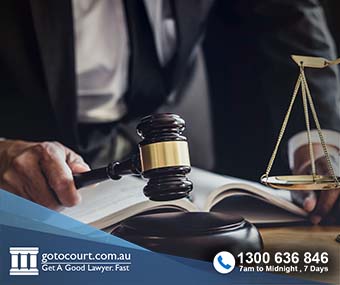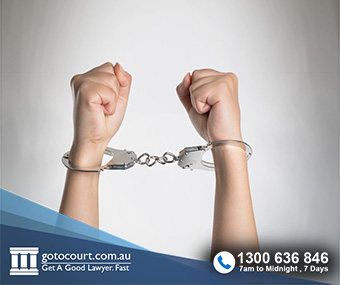Call our lawyers
now
or,
have our lawyers
call you
Changes to the Bail Act (Vic)
Updated on Dec 13, 2022 • 6 min read • 463 views • Copy Link
Changes to the Bail Act (Vic)
Whether to grant bail to a person charged with criminal offences is an incredibly difficult decision. It is one that is often made within minutes and with little information at hand. It is a decision that must balance the protection of the community with the right to be treated as innocent until proven guilty and the need to avoid depriving individuals of their liberty unnecessarily. There have been significant changes to the Victorian Bail Act in the wake of recent terrorist offences in Melbourne. This article outlines the tests to be applied when a person applies for bail under the amended Bail Act.
The ‘unacceptable risk’ test
Under the changes, the ‘unacceptable risk’ test remains in respect of all offences. If there is an unacceptable risk that a person who is to be released on bail would endanger the safety of others, commit further offences on bail, interfere with witnesses, obstruct justice or fail to comply with any conditions of their bail then the bail decision maker must refuse bail.
It is up the prosecution to prove to the bail decision maker that a risk exists and that the risk is unacceptable.
Surrounding circumstances
A bail decision maker must take into account the surrounding circumstances of the matter when deciding whether to grant an accused bail or not.
Section 3AAA of the Bail Act provides for what ‘surrounding circumstances’ may be but does not limit what matters a bail decision maker can take into account. Section 3AAA provides that ‘surrounding circumstances’ may include:
- The nature of and seriousness of the offence;
- The strength of the prosecution case;
- The criminal history of the accused person
- Whether the accused person has previously complied, or not complied, with an earlier grant of bail;
- Whether the accused is on bail, summons or awaiting trial for another offence;
- Whether family violence intervention orders or safety notices are in place;
- The personal circumstances of the accused;
- Whether there is any special vulnerability of the accused;
- Any delay to a hearing that would affect the amount of time the accused person spends in custody prior to being tried or sentenced; or
- The likely sentence to be imposed if the accused person is found guilty of the offences.
Family violence – a mandatory consideration
One of the major changes to the Victorian bail laws is that there is now a specific direction for bail decision makers to assess the risks of family violence posed by an offender being granted bail. This requirement is contained in Section 5AAAA of the Bail Act. Under this section, the decision maker must consider:
- Whether there is a current family violence intervention order, family violence safety notice or other domestic violence order against the accused; and
- Where the accused is charged with a domestic violence offence, whether their release on bail would risk the commission of further family violence offences and whether that risk could be mitigated by placing conditions on their bail, or by the court making a family violence intervention order.
The two-step tests
Under the amended Bail Act, there are two distinct two-step processes for deciding whether an accused should be granted bail. Which two-step process applies depends on the charge/s the accused is facing and their prior criminal history and antecedents.
The two step tests are ‘the exceptional circumstances test’ and the ‘show compelling reason test’. Both involve a second step where the court must consider whether the accused poses an unacceptable risk (as discussed above).
Exceptional circumstances test
Under the exceptional circumstances test, the bail decision maker must refuse bail unless satisfied that exceptional circumstances exist that justify the grant of bail.
The exceptional circumstances test will most commonly apply when;
- A person is accused of committing a Schedule 1 offence (including treason, murder, aggravated home invasion and serious drug offences); or
- Where a person charged with a Schedule 2 offence (including manslaughter, causing serious injury and serious sexual offences) and that person has a terrorism record or there is a risk that the person will commit a terrorism offence; or
- Where an accused person was already on bail for, awaiting trial for or required to answer a summons for a Schedule 1 or Schedule 2 offence.
These offences are listed in Schedules 1 and 2 of the Bail Act and a person accused of any one of them bears the burden of proving that exceptional circumstances exist in order to be granted bail.
The recent Supreme Court decision in Re: Gloury-Hyde [2018] VSC 393 gives an insight into what may be put to a Judge or Magistrate in order to show exceptional circumstances. The judgement given by Priest JA stated that the concept of ‘exceptional circumstances’ is an elusive one. However, it is clear from this case that there may be a combination of things that will amount to exceptional circumstances. In this particular case, a combination of personal circumstances including an acquired brain injury, a supportive family and the organisation of a residential facility to treat drug-related issues ultimately satisfied the exceptional circumstances test.
Show compelling reason test
The ‘show compelling reason’ test requires a bail decision maker to refuse bail unless satisfied that a compelling reason exists that justifies the grant of bail.
The ‘show compelling reason’ test applies where:
- A person is accused of committing a Schedule 2 offence; or
- Where a person is charged with an offence that may not appear in Schedule 1 or Schedule 2 but that person has a terrorism record or there is a risk that the person will commit a terrorism offence.
These offences are located in Schedule 2 of the Bail Act and a person accused of any one of them bears the burden of proving that a compelling reason exist for bail to be granted.
The first major Supreme Court decision on the new bail reforms was that of Re Ceylan [2018] VSC 361. In that decision the court concluded that the term “compelling reason” could be likened to a forceful and therefore convincing reason and one that is difficult to resist. The threshold for this test is lower than that for exceptional circumstances.
Conclusion
When a person is charged with a criminal offence and the question of bail is raised, it is important to get legal advice at the earliest opportunity. You should provide as much information as you can to your solicitor in order to reach the relevant threshold. The decision of whether to apply for bail is also a strategic one and it is not always in the accused’s best interests to make a bail application at the earliest opportunity or at any point.
If you would like legal advice or representation in a criminal matter or in any other legal matter, please contact Go To Court Lawyers.


Affordable Lawyers
Our Go To Court Lawyers will assist you in all areas of law. We specialise in providing legal advice urgently – at the time when you need it most. If you need a lawyer right now, today, we can help you – no matter where you are in Australia.How It Works








1. You speak directly to a lawyer
When you call the Go To Court Legal Hotline, you will be connected directly to a lawyer, every time.


2. Get your legal situation assessed
We determine the best way forward in your legal matter, free of charge. If you want to go ahead and book a face-to-face appointment, we will connect you with a specialist in your local area.


3. We arrange everything as needed
If you want to go ahead and book a fact-to-face appointment, we will connect you with a specialist in your local area no matter where you are and even at very short notice.


